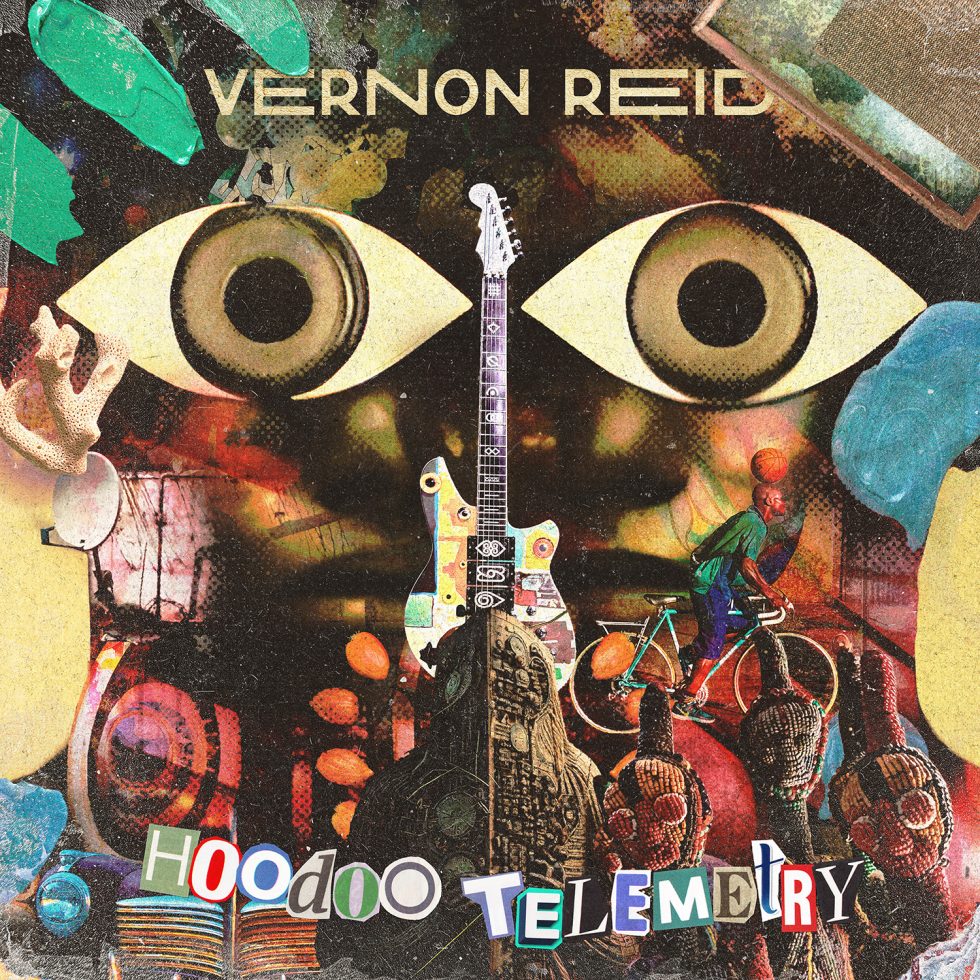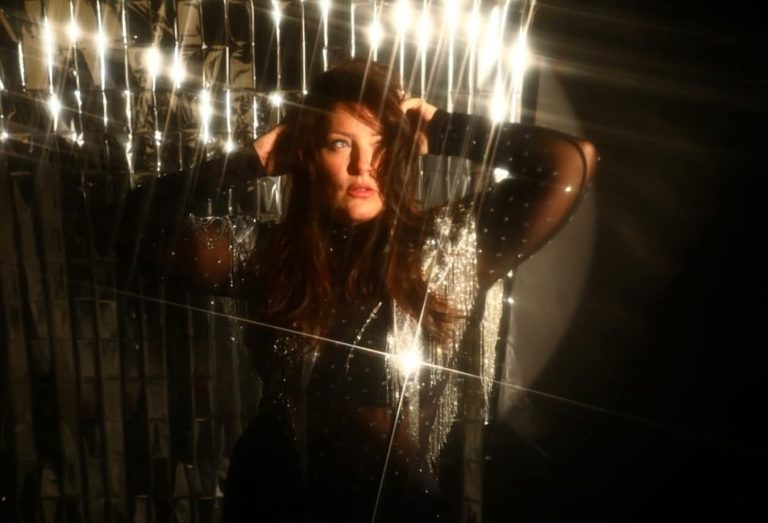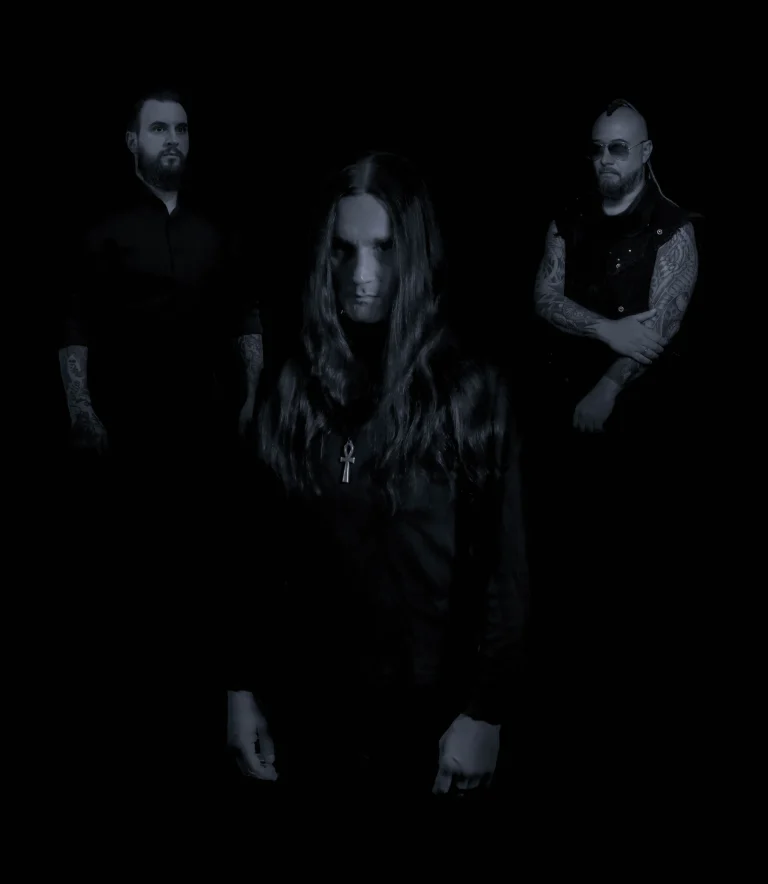Review By Glen Parkes
When Vernon Reid announces new music, the world should take notice. The guitar visionary, best known as the driving force behind Living Colour, has spent a career refusing to be boxed in. From the seismic impact of Cult of Personality to collaborations that span Mick Jagger, Public Enemy, Janet Jackson, and B.B. King, Reid has always been a restless creative spirit. Now, at 66, he returns with Hoodoo Telemetry—a kaleidoscopic 14-track solo album arriving October 3rd via Artone/The Players Club Records. It’s his first solo statement in two decades, and it feels like the culmination of everything that’s defined his half-century in music.
Reid describes Hoodoo Telemetry as “a piece of my all-over-the-place mind”, and that’s exactly how it plays out. This is not a linear album that guides the listener gently from start to finish. Instead, it’s a constantly shifting sonic landscape where genres collide, clash, and ultimately find resolution. Jazz, funk, hip-hop, punk, metal, and electronica all weave through its fabric, sometimes within the same track. For an artist who’s built a life on never standing still, it’s a fitting mirror of both his career and the chaotic times we live in.
The record was born out of fragments—some songs new, others reclaimed from past sketches. What ties them together is a sense of urgency. Reid admits he wrestled with starting this project, but once the vision locked in, the album became something he had to make now. That urgency hums through every note.
The tracklist begins with Door of No Return, a title heavy with history and implication. From there, Reid plunges us into the dense polyrhythms of Freedom Jazz Dance and the wryly titled Good Afternoon Everyone. By the time we reach The Haunting, the album’s first single, Reid has already taken us across continents of sound.

The Haunting itself is a masterstroke—anchored by a slinky funk bassline, wrapped in shimmering soul textures, and haunted by the unmistakable ghost of Prince. Reid openly cites the Purple One as an inspiration here, and you can hear it in the song’s DNA: playful yet mournful, layered yet direct.
Then comes Bronx Paradox, a wild salute to hip-hop’s birthplace. Driven by brass, scratches, and glitchy textures, it’s Reid tipping his hat to DJ Logic and to the Bronx kids who transformed a so-called wasteland into the cradle of the last great musical revolution of the 20th century. It’s equal parts history lesson and celebration, infused with both reverence and edge.
What makes Hoodoo Telemetry so enthralling is its refusal to follow expectations. Just when you think the album has settled into one groove, it twists into another. Or Knot spools into angular rhythms, Dying to Live carries a weight of reflection, and Politician sharpens its commentary with biting intent. Black Fathom Five digs into darker waters, while Beautiful Bastard balances grit with playfulness.
One of the album’s most poignant moments comes in Meditation On The Last Times I Saw Arthur Rhames, a tribute to the late saxophonist whose brilliance was lost too soon. Here, Reid sheds the genre-hopping theatrics and lets pure emotion flow, reminding us that underneath the restless experimentation is a deep core of humanity.
The record closes on Brave New World, a track that feels like both a warning and an invitation. Reid himself frames the album’s concept as asking: are we in control of the bus, or are we passengers in a self-driving vehicle hurtling into the future? That question lingers long after the final note fades.
It’s impossible to talk about Vernon Reid without acknowledging Living Colour’s legacy. Their 1988 debut, Vivid, exploded onto the scene with the same eclecticism that Reid continues to champion today. Songs like Funny Vibe proved adventurous music could be both political and playful, while their Grammy-winning breakthrough made them one of the most vital voices in alternative rock. That spirit clearly carries into Hoodoo Telemetry, but here Reid is even freer, unconstrained by band dynamics and open to letting his full mental jukebox play out.
In many ways, Hoodoo Telemetry isn’t designed to comfort. It reflects the “tumultuous” world Reid sees around him—fractured, unpredictable, and in constant flux. But that’s precisely its power. This is music that dares to look backward and forward at once, that acknowledges both cultural roots and uncertain futures.
For listeners willing to embrace its sprawling vision, Hoodoo Telemetry offers not just an album but an experience. It’s messy, dazzling, challenging, and rewarding—just like the man who made it.
After two decades away from solo recording, Vernon Reid could have played it safe. Instead, he’s delivered a fearless statement that demands attention. Hoodoo Telemetry is not just a return—it’s a reminder that Reid remains one of the most adventurous and necessary voices in modern music.



















+ There are no comments
Add yours